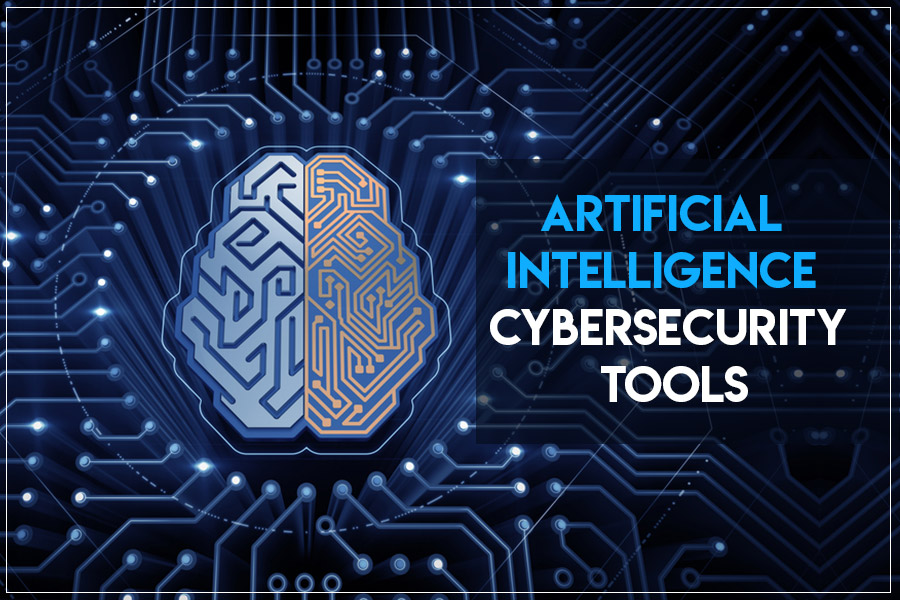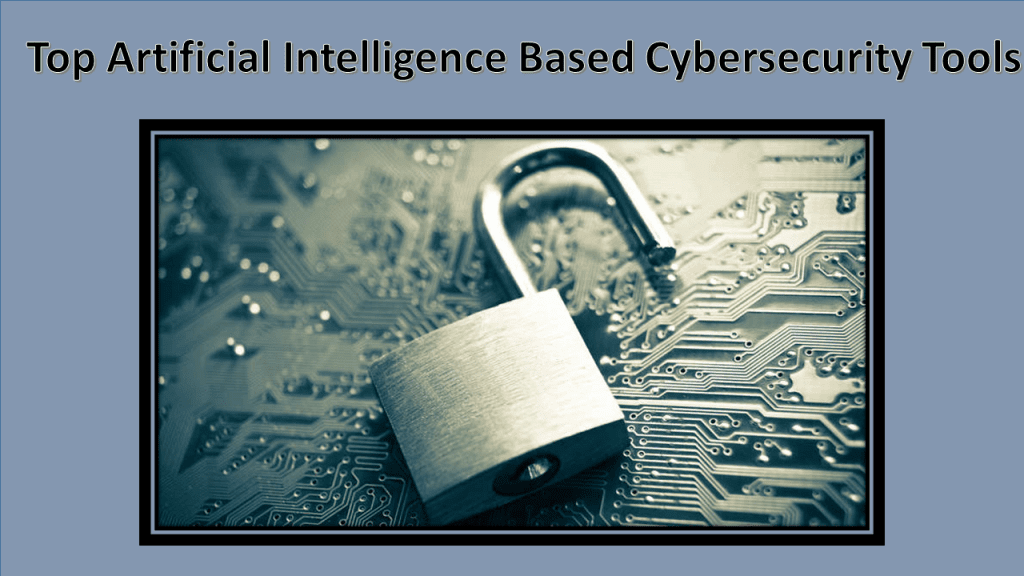Best AI Tools for Cybersecurity

As cyberattacks become more sophisticated, it is becoming increasingly important for organizations to have the best possible cybersecurity tools in place. Artificial intelligence (AI) is a powerful tool that can be used to improve cybersecurity in a number of ways. AI-powered tools can help to identify and respond to threats more quickly, automate security processes, and provide better protection against new and emerging threats.
Here are some of the best AI tools for cybersecurity that are available today:
- Palo Alto Networks Cortex XDR: Cortex XDR is a comprehensive AI-powered cybersecurity platform that provides threat prevention, detection, investigation, and response capabilities. It uses a variety of AI techniques to identify and block threats, including machine learning, natural language processing, and behavioral analysis.
- CrowdStrike Falcon: CrowdStrike Falcon is a cloud-based AI-powered cybersecurity platform that provides protection against a wide range of threats, including malware, ransomware, and phishing attacks. It uses a variety of AI techniques to identify and block threats, including machine learning, behavioral analysis, and threat intelligence.
- McAfee Advanced Threat Protection (ATP): McAfee ATP is an AI-powered cybersecurity solution that provides protection against a wide range of threats, including malware, ransomware, and phishing attacks. It uses a variety of AI techniques to identify and block threats, including machine learning, behavioral analysis, and threat intelligence.
- IBM Security QRadar: IBM Security QRadar is a comprehensive security information and event management (SIEM) solution that uses AI to help organizations identify and respond to threats. It uses a variety of AI techniques to analyze security data, identify threats, and prioritize incidents.
- Splunk Enterprise Security (ES): Splunk Enterprise Security is a security analytics platform that uses AI to help organizations identify and respond to threats. It uses a variety of AI techniques to analyze security data, identify threats, and prioritize incidents.

These are just a few of the many AI tools that are available for cybersecurity. By using AI, organizations can improve their cybersecurity posture and better protect themselves from a wide range of threats.
How AI is used in cybersecurity
AI can be used in cybersecurity in a number of ways, including:

- Threat detection and prevention: AI-powered tools can help to identify and block threats before they can cause damage. This can be done by using machine learning to analyze security data and identify patterns that are indicative of malicious activity. AI can also be used to create "honeypots" that lure attackers into traps, where they can be analyzed and their techniques can be learned.
- Incident response: AI can help organizations to respond to incidents more quickly and effectively. This can be done by using AI to automate tasks such as triaging incidents, prioritizing alerts, and generating reports. AI can also be used to provide insights into incidents that can help organizations to identify the root cause of the problem and take steps to prevent it from happening again.
- Risk management: AI can help organizations to assess their cybersecurity risk and identify areas where they need to improve. This can be done by using AI to analyze security data and identify vulnerabilities that could be exploited by attackers. AI can also be used to generate reports that can help organizations to communicate their risk to stakeholders and make informed decisions about how to mitigate it.
Benefits of using AI in cybersecurity
There are a number of benefits to using AI in cybersecurity, including:

- Improved threat detection and prevention: AI-powered tools can help to identify and block threats before they can cause damage. This can help organizations to reduce the risk of data breaches, ransomware attacks, and other types of cyberattacks.
- Faster and more effective incident response: AI can help organizations to respond to incidents more quickly and effectively. This can help to reduce the damage caused by incidents and minimize the impact on business operations.
- Better risk management: AI can help organizations to assess their cybersecurity risk and identify areas where they need to improve. This can help organizations to make informed decisions about how to mitigate their risk and protect themselves from cyberattacks.

Challenges of using AI in cybersecurity
There are also a number of challenges to using AI in cybersecurity, including:


- Lack of data: One of the biggest challenges to using AI in cybersecurity is the lack of data. In order for AI models to be effective, they need to be trained on
Post a Comment